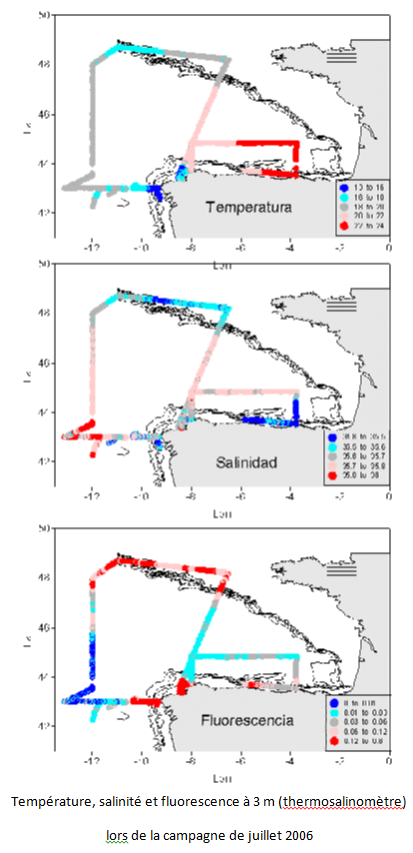CTD
Type of resources
Topics
Provided by
Years
Representation types
Update frequencies
status
Scale
-

Le but de ce projet est la mise en place d'un réseau d'échantillonnage pour l'étude de la variabilité climatique sur les eaux océaniques autour de la marge ibérique et du golfe de Gascogne, la détermination des flux de chaleur, d'eau douce, de nutriments et de CO2 dans les eaux usées et d'établir des relations avec le NAO. Cela contribue aux programmes internationaux sur la variabilité du climat et au début de l'étude systématique de la région. De plus il facilite l'utilisation d'un modèle numérique de la région. L'objectif principal du projet VACLAN est d'améliorer la capacité d'observation et l'utilisation des nouveaux outils disponibles pour caractériser la variabilité du climat: la télédétection pour l'étude des eaux de surface, les bouées dérivantes pour les eaux supérieures et intermédiaires, les instruments amarrés et les stations hydrographiques profondes pour l'étude de la colonne d'eau. L'utilisation de ces outils couplés à la modélisation numérique permettra de caractériser les flux de CO2 et physico-chimiques dans une zone aussi importante que le courant limite est de l'Atlantique. De plus, une fois validées et contrôlées, les données de ce système seront mises à disposition des communautés scientifique et universitaire et intégrées pour à des modèles numériques de prévision.
 Catalogue PIGMA
Catalogue PIGMA